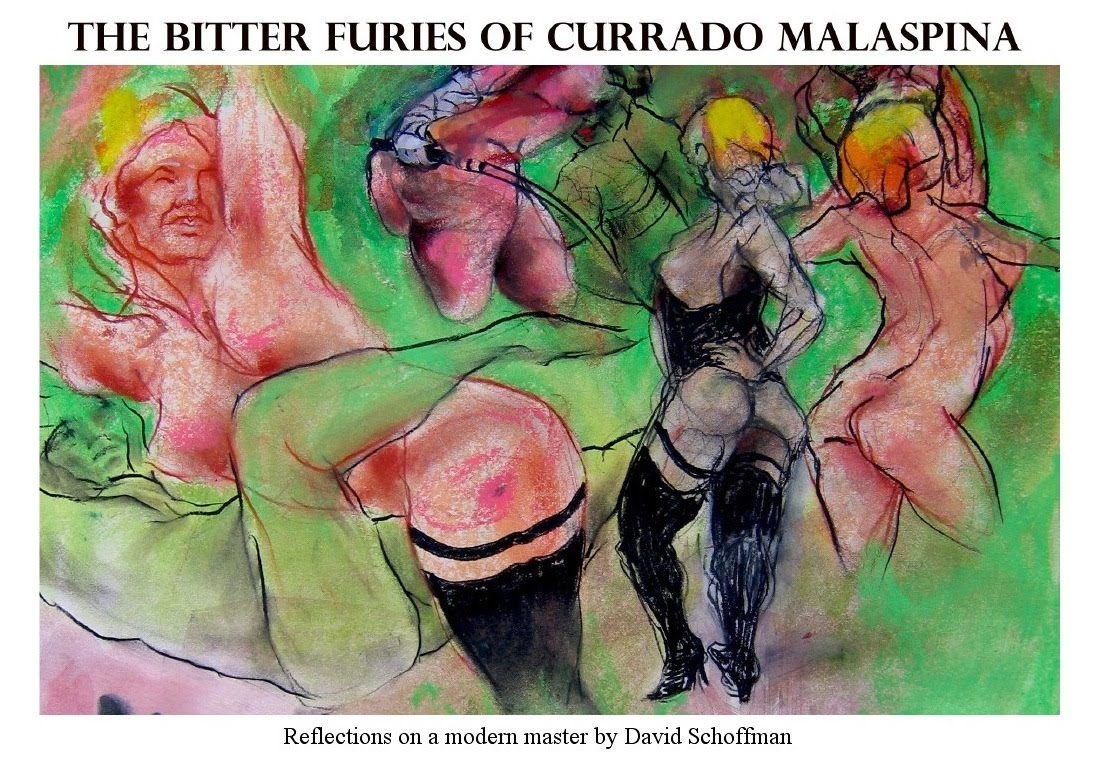
Last week I was in Paris, attending the Bourvil Institute’s annual Saussure Conference and catching up with my good friend Currado Malaspina. I had the occasion to borrow his cell-phone and was flattered to find on the dormant screen of the diminutive apparatus, an image of one of my drawings.
Taken by this unexpected high-tech homage I began to play with the tiny keys hoping to find a few more clues into Currado’s elusive temperament.
Shamelessly I scrolled down his capacious list of contacts and found that it was a veritable who’s who of global art and intellectual enterprise. Beccarie, Broad and Bourdon were followed by Cash, Deutsch and Desclos. The home phone numbers of Gogosian, Govan and Gallimard were casually listed next to the e-mail address of Currado’s grocer. Perl, Podhoretz and Prévost, each with a cutely appropriate icon were listed next to his dry cleaner Quentin Polak. It was astonishing to learn just how many illustrious people were in his orbit.
Before returning the phone, I discreetly copied down the number of Dahlia Danton with whom I lost contact several years ago after a rather acrimonious disagreement.
I tried the number when I retuned to L.A. I got her voice-mail but didn’t leave a message.



















